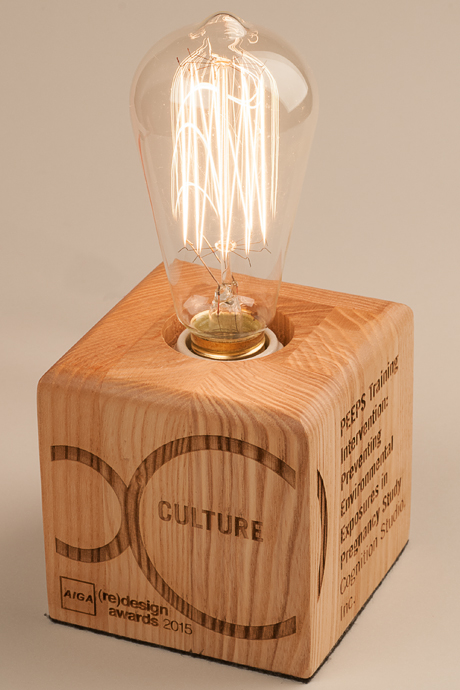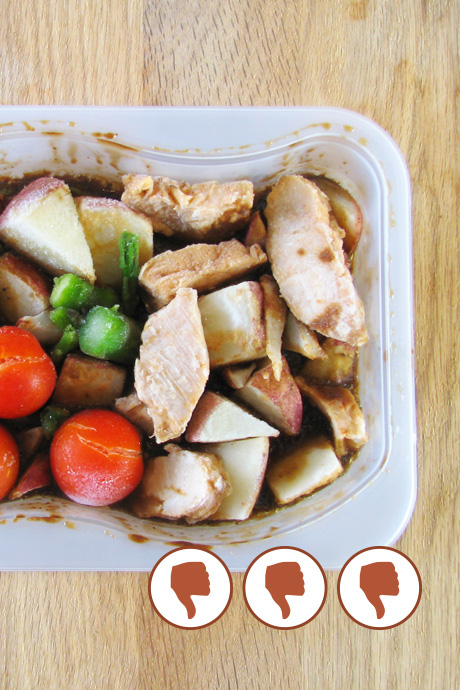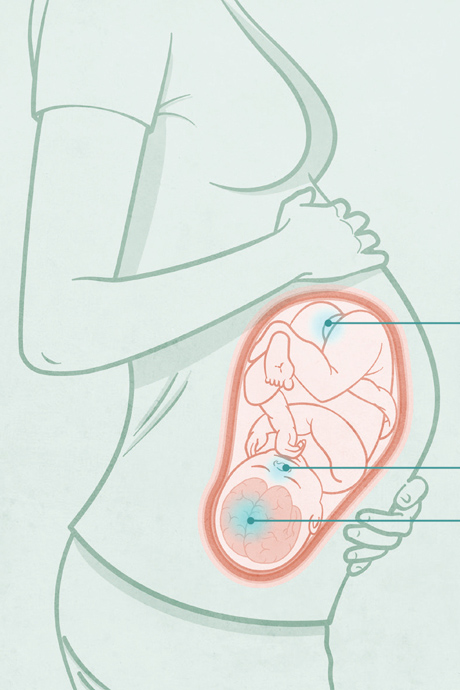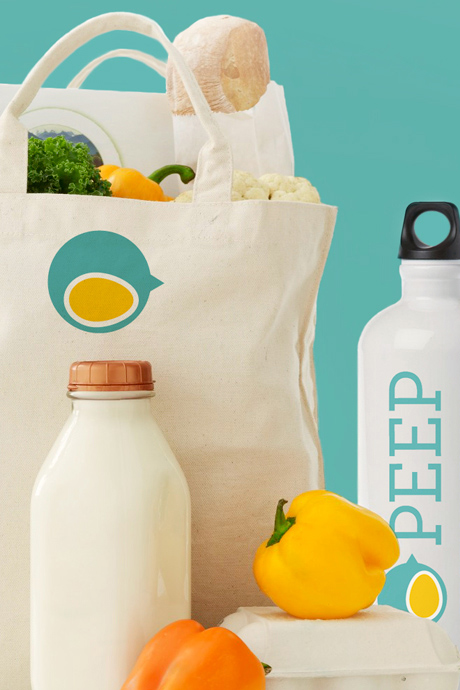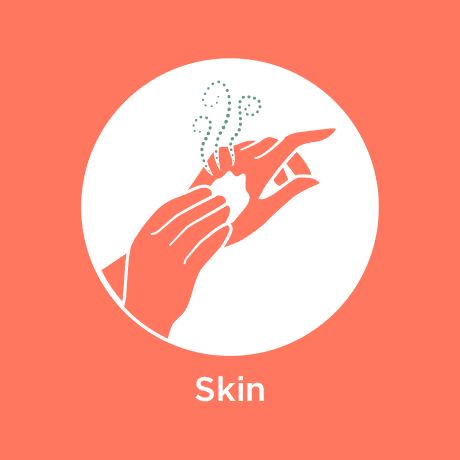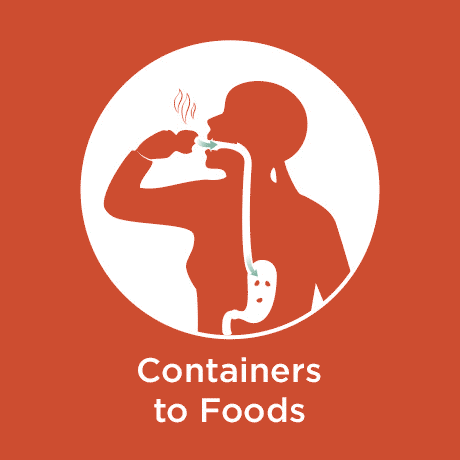Client
Key Areas
Awards


Impact knowledge—
impact choice
Impact behavior—
create change
The challenge
The goal of this clinical study is to support mothers during their pregnancy through education about environmental health risks, allow them to actively experience changes in their health, and learn how to make long-term behavior changes.
The outcome
The results of this study were immediately measured through post-study feedback and follow-ups that documented the “preciousness” of the paper tools. Astoundingly, all participants returned their Kindles for food vouchers, opting to not keep the technology for use. Instead, they were holding “round robin” discussions on their own with the mothers in the community, sharing their paper learning modules over meals, and transferring what they learned verbally to other women. When asked, the women said they felt a morale responsibility to share what they learned for the betterment of their local community.
The focus of Pediatric Research is to foster the research and investigation into the health and well being of children and youth—setting new standards of pediatric care and finding new cures for childhood diseases.
Seattle Children’s Research Institute is one of the top five pediatric research centers in the nation. Specifically, the Center for Child Health, Behavior and Development works to address major issues that affect the health of children everywhere.
Principal Investigator Sheela Sathyanarayana, MD, MPH worked with Cognition to design her field research and clinical study material for “PEEP: Preventing Environmental Exposures in Pregnancy.”
Field research and intervention materials created for this research study were a Kindle App, paper Educational Modules, training videos, logo and Supplemental Resources.
The APP and Educational Modules allow users to learn:
- About environmental exposures in their home
- How to make healthy choices during their shopping trips
- How to cook, prepare, serve and store food
- How to make impact in their child’s life
"Working to protect children and future generations from environmental health threats."
95% of us have BPA in our urine. We are exposed through plastic containers, canned foods, dental sealants and carbonless receipts. Providing a healthy environment for our children is a goal we all share, and children are at greater risk from chemicals found in food, water, dirt, and air. The PEEP research project is timely as research emerges regarding environmental exposures from chemicals in our homes. Safe methodologies need to be clearly and simply explained for broad understanding by the populations most at risk.
Experts who study behavior change agree that long-lasting change is most likely when it’s self-motivated and rooted in positive thinking. To create behavior change and understanding, we wield the science behind design principles. Proactively in healthcare we prove value for our contribution as strategic thinkers, problem solvers and effective communicators of complex information.
A core component of the research methodologies were to simultaneously test the effectiveness of high cost digital tools versus low cost paper tools in field research and patient intervention education. As designers, we steer learning through the medium in which our work is viewed and used. Having a clear understanding of digital knowledge transfer versus paper knowledge transfer, and the costs associated with each, is an important understanding to have in healthcare education.
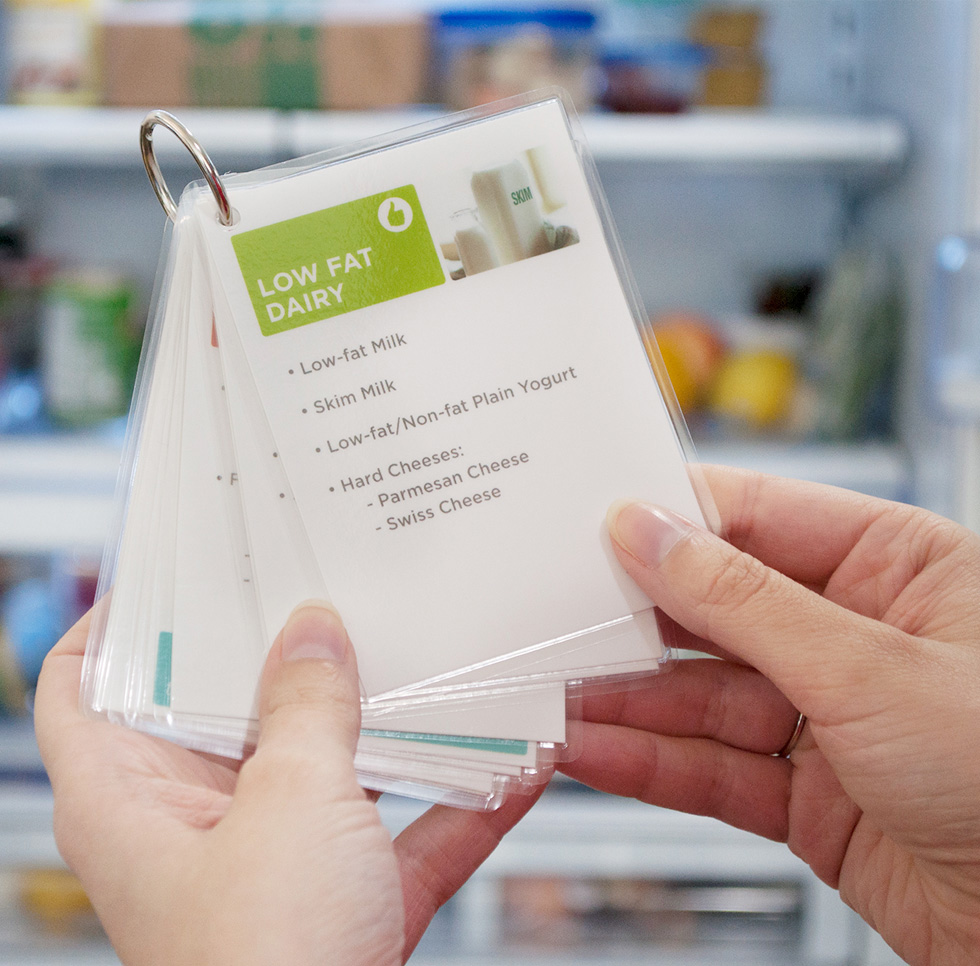


Our role, as designers working in science and health, and with data-based information, is to create a transfer of knowledge and skills—and as a result—impact future knowledge-base choice patterns. To do this we wield cognitive and visual science to drive intended outcomes. Balancing gestalt therories of design with learning-based princples we are able to help users of complex medical information learn and manage their data.
The pilot study was conducted with immigrant, English as a second language, low education pregnant mothers and was conducted as in-home training sessions, cooking and fresh food education, and round robin community intervention discussions. The end goal was to be able to measure learning comprehension through paper materials, digital technologies, and hands-on training. Validation was measured through urine samples, quizzes, and community impact surveys.
Some core parameters that were involved and used in our developmental processes were low education levels (3rd grade reading), ethnographic profiling (understanding the immigrant mindset of health habits), image and object recognition, color-coding principles, iconography and symbol usage, and video-based story telling teaching methodologies.
